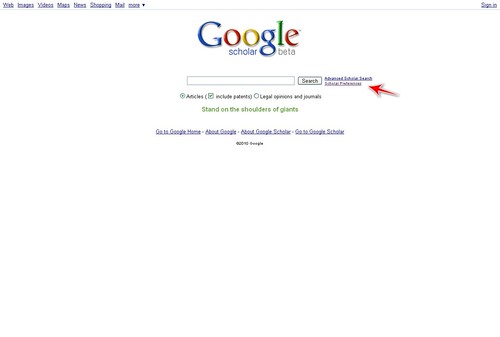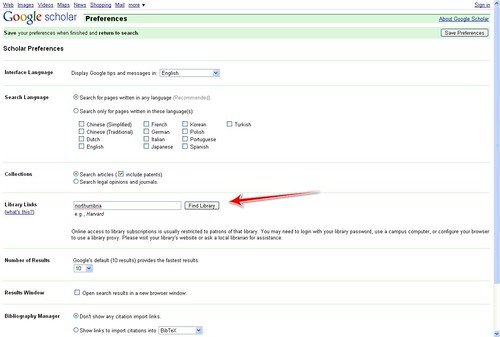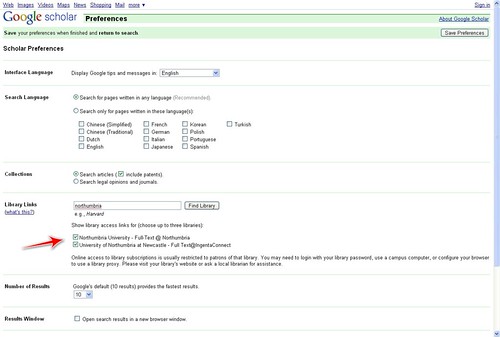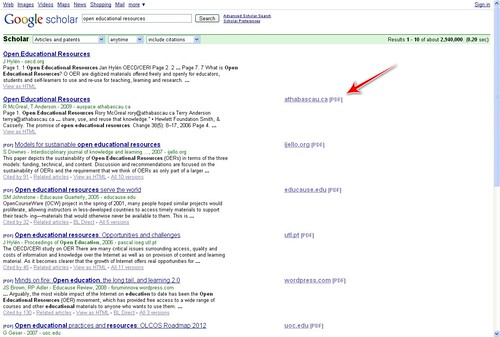Greplin: potential solver of a huge problem?
I’m not Stephen Fry. Nor Ashton Kutcher.
What I mean is that I don’t have enough followers on Twitter for each of them to realise that I can’t keep up with them all. At the time of writing this post, I’ve 3,615 Twitter followers – 3,465 more than Dunbar’s number. In other words, people expect me to be able to remember my conversations with them when I can’t even remember who they are.
This is potentially embarrassing within the increasingly business-focused world I’m operating. I need a quick way to find out if I’ve spoken/tweeted/emailed/shared a doc with someone very quickly.
Enter Greplin. When I read about it on TechCrunch yesterday, it was a bit of a eureka moment:
It’s a personal search engine for all that data you keep locked away in the cloud. If you’ve used desktop search like spotlight, you’ll get Greplin right away. It’s like spotlight for your cloud data.
After you use it for the first time you’ll understand that you’ll never not use it again. And there are nice touches like showing real time results as you type. And Greplin only uses OAuth and other APIs for authorization, so they never see your third party site credentials.
I’ve signed up and added the services (GMail, Twitter, Dropbox, LinkedIn, Google Calendar, Google Docs) that I want Greplin to index. If it’s as good as it look in the video below, I may just drop the $45/year required to ‘go Pro’ and unlock indexing of Evernote and email attachments…
[vimeo http://www.vimeo.com/14579806 w=649&h=365]
In terms of user outcomes, this is awesome. It provides ‘just-in-time’ data to allow you to make decisions, have meaningful conversations, and (perhaps most importantly) prevent social awkwardness. 😀










![Reblog this post [with Zemanta]](http://img.zemanta.com/reblog_e.png?x-id=8c477c44-d37b-4c4f-a889-7fbf892bdcfc)